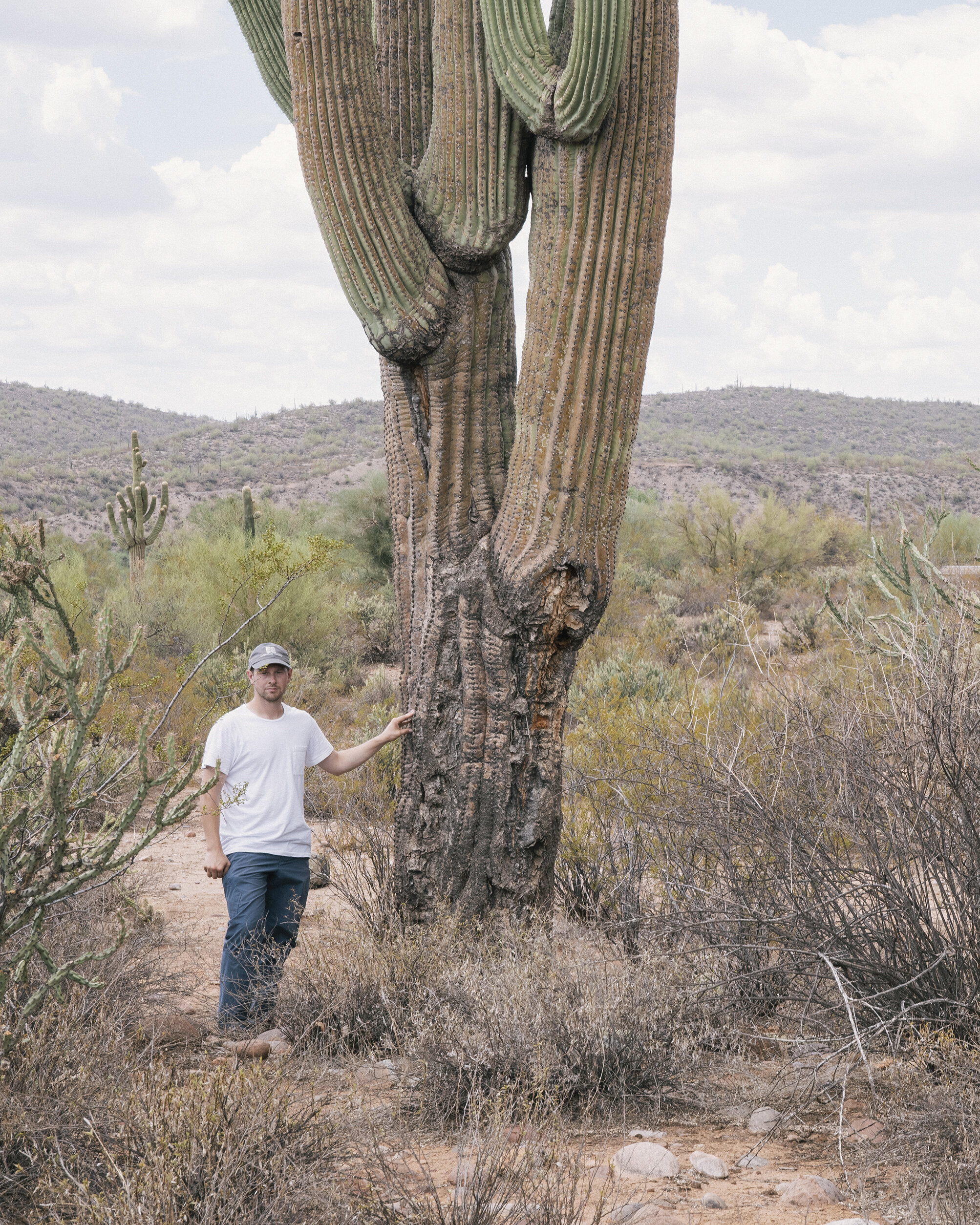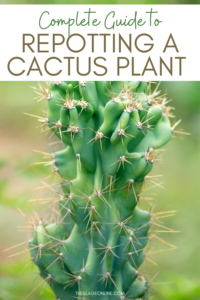The saguaro cactus, scientifically known as Carnegiea gigantea, is a symbol of the American Southwest, particularly in Arizona. These majestic giants have become icons of arid landscapes, often leading many to ponder their growth process. How long does it take for a saguaro cactus to grow? The answer is as multifaceted as the species itself, influenced by environmental factors, care, and inherent biological traits.
Understanding the growth rate of saguaro cacti is essential for gardeners, conservationists, and enthusiasts alike. Not only does it address essential buyer concerns for those interested in cultivating these plants, but it also provides insight into the intricate life cycle of this impressive desert dweller. This article delves into the intricacies of saguaro growth, from seed to impressive heights, elucidating the timeline and conditions that govern their development.
The saguaro’s life begins with the seed stage, a phase shrouded in microbial magic and intricate ecological dynamics. Typically, saguaro seeds germinate during the late winter to early spring when temperatures start to rise and rainfall increases. These conditions are paramount; without sufficient water and warmth, germination can be thwarted. Once sown, the seeds may lie dormant for years before sprouting, especially if the environmental conditions are not optimal.
Once the seeds germinate, the journey begins. In the first year of life, a saguaro cactus is minuscule, often only growing a few inches tall. It is during this vulnerable stage that they experience the highest mortality rates. Factors such as extreme temperatures, insufficient water, and competition from nearby plants can dramatically impact their survival. A staggering 95% of saguaro seedlings do not survive past their first year. However, those that do manage to establish roots begin to expand their growth rate dramatically.
After the first year, the rate at which a saguaro grows accelerates. By the time a cactus reaches 10 years of age, it may measure between 1 to 3 feet tall, depending on its environment. This healthy growth is contingent on optimal conditions, including consistent rainfall, ample sunlight, and well-draining soil. Under ideal circumstances, a saguaro cactus can grow approximately 1 inch per year during its early decades.
As saguaros continue to mature, their growth patterns shift. Between the ages of 10 and 30, their growth rate may slow slightly, averaging around 0.5 to 1 foot per year. It is paramount to consider the influence of water availability; indeed, saguaros can grow nearly 1 foot annually under adequate conditions. In some cases, particularly where rainfall is abundant, these cacti can grow at an astonishing rate, allowing them to reach greater heights quicker than expected.
Once a saguaro reaches 30 years of age, it can measure approximately 10 to 12 feet tall. At this stage, they begin to balance vertical growth with the development of arms. Typically, arms will begin to emerge when a saguaro is around 50 to 70 years old, signaling its maturity and readiness to reproduce. These arms, which can number in the dozens, not only enhance the aesthetic beauty of the cactus but also aid in water collection and energy absorption. The process of arm development is slow and complex, requiring optimal environmental conditions for success.
Moreover, saguaros can typically live for over 150 years, with some specimens reportedly exceeding 200 years. The growth rate will vary widely in the later decades of life due to environmental stressors such as climate change, prolonged drought, and encroachment from urban development. As a consequence, saguaros face increased competition for resources, potentially impacting their long-term vitality.
In conclusion, the growth of a saguaro cactus is a gradual yet fascinating process that demands patience and understanding from those who seek to nurture these iconic plants. The timeline can be lengthy, with substantial variance depending on environmental conditions and care practices. Understanding the stages of growth—from seed to stunning stature—provides deeper appreciation for these resilient beings. Whether planted in a home garden as a symbol of endurance or as part of a larger conservation effort, saguaros are a testament to the wonders of nature and deserve meticulous attention and respect.





Leave a Comment